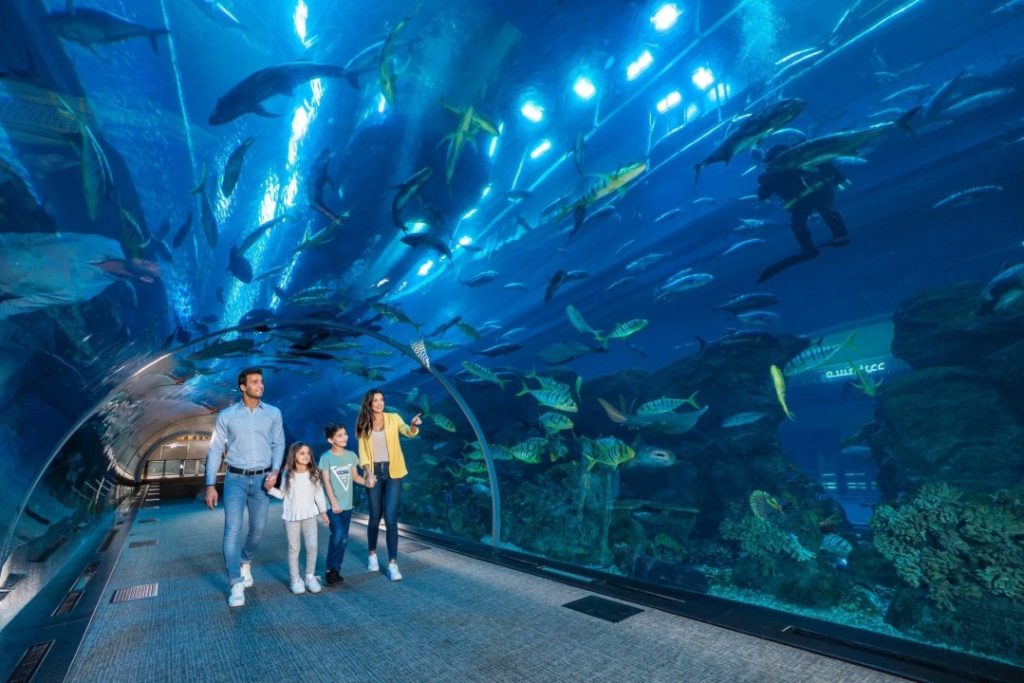Aquaculture, the farming of aquatic organisms such as fish, crustaceans, and mollusks, has become increasingly vital in meeting the growing demand for seafood worldwide. Ensuring optimal water quality and fish health are paramount in aquaculture operations. Ozone, a powerful oxidizing agent, has emerged as a valuable tool in achieving these goals. In this blog post, we explore the multifaceted applications of ozone in aquaculture, its benefits, and best practices for implementation.
Aquaculture/Life Support:
Aquatic exhibits in zoos and aquariums have long relied on ozone to maintain crystal-clear water, remove color, and disinfect water. This versatile technology has also found widespread use in fish farming, where it facilitates higher feed rates, faster growth rates, and improved water quality. With over two decades of successful applications, ozone has become an integral component of modern aquaculture systems.
Ozone Use in Fish Farming:
In fish farming, ozone plays a pivotal role in keeping water clean and fish healthy. By effectively removing pathogens and organic matter, ozone enhances water quality and reduces the risk of disease outbreaks. Healthier fish exhibit increased feed intake and faster growth rates, leading to improved productivity and profitability for aquaculture operations.
Implementing Ozone Correctly:
While the benefits of ozone in aquaculture are clear, proper implementation is crucial to avoid adverse effects. Excessive ozone levels can damage fish gills, while inadequate ozone levels may lead to water quality issues. Fortunately, integrating ozone into existing water treatment and filtration systems is relatively straightforward. Control of ozone levels can be achieved using oxidation-reduction potential (ORP) monitors, ensuring precise control and optimization of ozone dosage.
Ozonated Ice:
Beyond water treatment, ozone finds innovative applications in post-harvest handling of fish. Ozonated ice, produced by dissolving ozone into water and freezing it quickly, serves as an effective antimicrobial agent. By extending the shelf life and preserving the quality of stored fish, ozonated ice enhances food safety and reduces waste throughout the supply chain.
Technical Documents:
For those interested in delving deeper into the science and applications of ozone in aquaculture, a wealth of technical documents and research papers are available. These resources provide valuable insights into the use of ozone and its synergies with other technologies such as ultraviolet (UV) treatment and foam fractionation.
Conclusion:
In conclusion, ozone represents a transformative technology in the realm of aquaculture, offering a myriad of benefits for water quality management and fish health. From improving water clarity to enhancing post-harvest handling, ozone’s versatility and efficacy make it an indispensable tool for modern aquaculture operations. By adopting best practices and leveraging the latest advancements in ozone technology, aquaculturists can optimize production efficiency, minimize environmental impact, and meet the growing demand for sustainable seafood.
For further guidance on integrating ozone into your aquaculture operations or accessing technical resources, feel free to reach out to our team. We are committed to supporting your success and sharing our expertise in ozone applications for aquaculture.
Contact Us:
For inquiries or assistance with ozone implementation in aquaculture, please contact us via phone or email. We look forward to collaborating with you to enhance the sustainability and productivity of your aquaculture endeavors.

